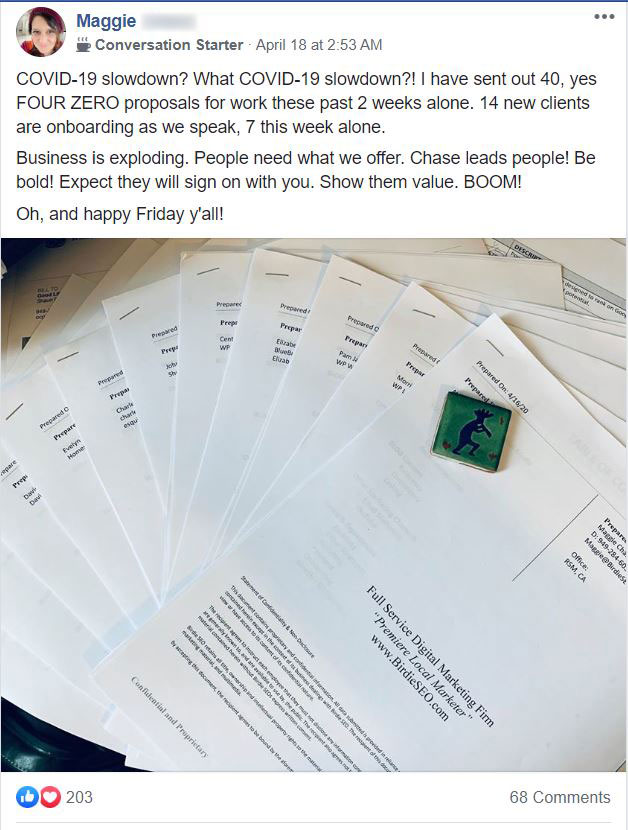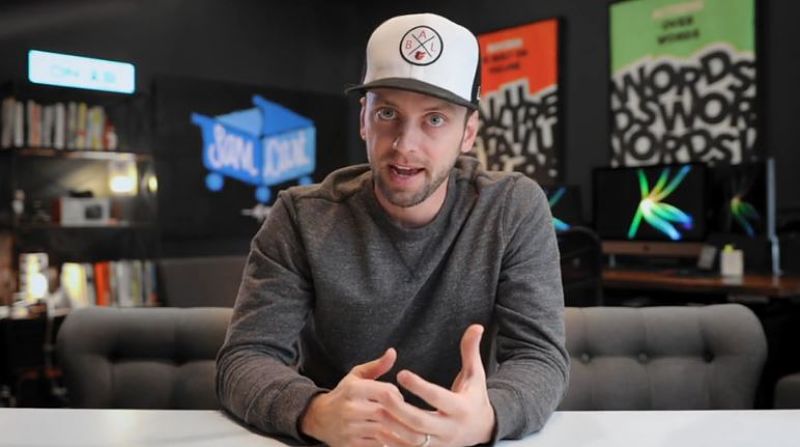
Yo, what’s up?
If you’ve crash landed on this page looking to find out more about SamCart’s One Page Funnel, then you’ve come to the right place.
I’m about to jump head first into everything you need to know about how this course works, and how you can start building your own funnels ASAP!
Before we start though...I gotta confess...
I’m kind of a serial entrepreneur.
I love digging into platforms, tools and training like this.
I’m lucky enough to be making a pretty solid $50K a month at the moment with my local lead generation business (more on that below).
While this business doesn’t rely on a sales funnel, it is still built around getting high quality traffic to a website, and then converting that traffic into customers.
So I wanted to get the low down on the One Page Funnel and see how it can help my business.
Here’s what I’m gonna cover for you in this review:
Let's go...
What is the One Page Funnel?
The One Page Funnel is an interesting concept, which I found to be a pretty advanced strategy.
The concept and training course are offered as part of the SamCart platform (more on that below).
The idea is that by following the principles of the One Page Funnel, you'll be able to remove as much friction and resistance as possible, when it comes to your sales and checkout process.
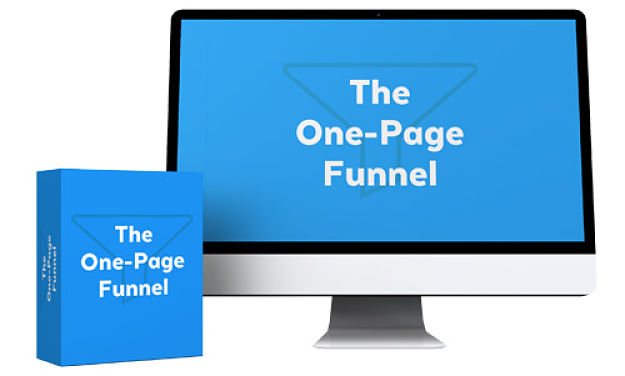
Anyone that knows anything about converting visitors into customers will know that you want to streamline this process as much as possible.
The more complicated your checkout system is, the lower your conversion rates will be.
So how does SamCart make this process as streamlined as possible?
Quite simply, they combine the sales page and checkout process onto one page a.k.a the One Page Funnel.
Here’s how it works:
Instead of driving your visitors from a paid advert to a dedicated sales page that is followed by a checkout page, the idea is that you do more selling in your paid traffic ad (e.g. your Facebook ad) upfront.
By making it clear in your advert that the product is a paid product, you’re doing some of the gentle selling that would normally take place on a dedicated sales page.

In other words, you’re pre-qualifying visitors, before they even visit your site.
By sending them to your One Page Funnel, you eliminate the need for a dedicated sales page, and reduce any added friction.
If you’re advertising on a platform like Facebook, you’ll also have the option of re-targeting any visitors that click your ad, but don’t actually make a purchase.
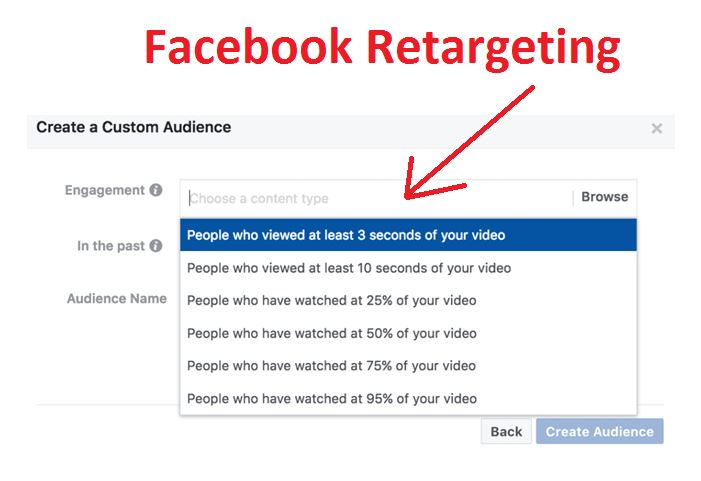
I found this concept pretty interesting, and it made me wonder why more internet marketers aren't using it.
I'm gonna go over the principles of the One Page Funnel below, but before I do, let's find out more about the product creator, Brian Moran...
Scott Moran's Explains Why Single Page Is Better Than Multiple Funnels
Disadvantages of Using Multiple Funnels
Advantages of Using a Single Page
Business Implications of Using Single Page vs. Multiple Funnels
What's not mentioned in the video: Single-page funnels increase conversions by up to 48% compared to multi-step funnels.
Who is Brian Moran?
Brian is the founder of SamCart, the platform that allows the magic of the One Page Funnel to take place.
We'll dig into the SamCart platform a little more shortly, but for now all you need to know is that the platform is Brian's baby, and the piece of software that makes building effective sales funnels pretty simple.
In-fact, the One Page Funnel course is really just a clever training guide on how to use the SamCart platform, and encourages users to roll up their sleeves and take action.
Again though, we'll dig into how that works a little more when we talk about pricing.
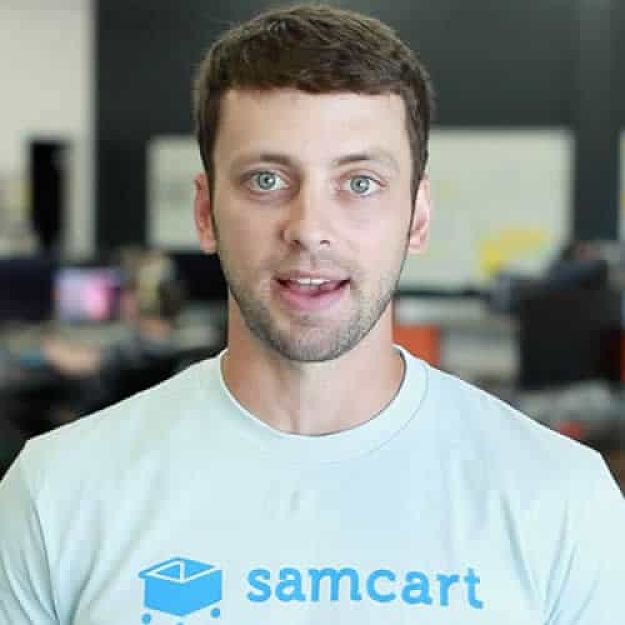
Brian shares his story by telling us that like a lot of people in the "make money online" game, he tried his hand at a few different business ideas before he had any success.
It was only when he tried to build his own website which sold a baseball product he'd created, that he started getting some traction.
His site tanked at first, and things only started looking up for him when he did what all the pros do...
he decided to model success, and he reached out to another website owner that was selling their own baseball product for help.

After listening to what this guy had to say, and making a few tweaks to his own sales page, he suddenly started making sales.
He realized then that his problem wasn't his product...his problem was getting the right traffic to his page, and then converting it into buyers.
In other words, his problem was his sales page.
This lead him to creating a platform that could solve this problem for him...which today we know as SamCart of course!
What is SamCart and How Does it Work?
Brian founded SamCart with his brother Scott back in 2013.
It serves as an online shopping cart platform, that helps website owners collect payment for their products.
This makes it perfect for anyone that sells stuff online.
Most importantly, SamCart acts as the platform that allows you to build your One Page Funnel.
Who is SamCart for?
Whether you're selling a physical product like an Amazon product, or a digital product like a course, seminar, membership etc. SamCart will handle the entire process for you, in a slick and simple manner.
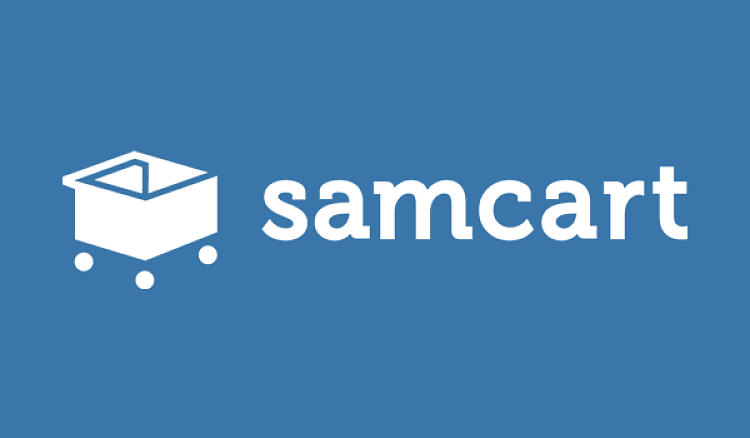
Some of the best features included with SamCart are:
SamCart Boasts the Following Features:
One of SamCart's biggest features is the one-click upsell feature, which allows sellers to build in the functionality to offer additional items to their customers who are already in a "buying mindset".
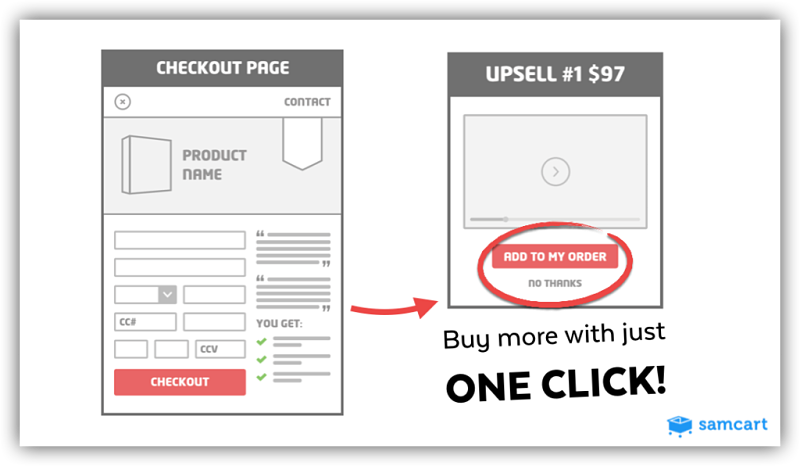
The key here is the "one click" functionality which as we've already discussed, removes "friction" from the buying and checkout process.
SamCart estimate that upselling can add as much as 70% to the value of your customer...do the math...that can add up fast!
It also takes the guesswork out page design and layout, by serving up a range of high quality checkout pages for you to select from.
The SamCart team claim that these have already been tested and optimized to convert at the highest level possible (good news for you then).
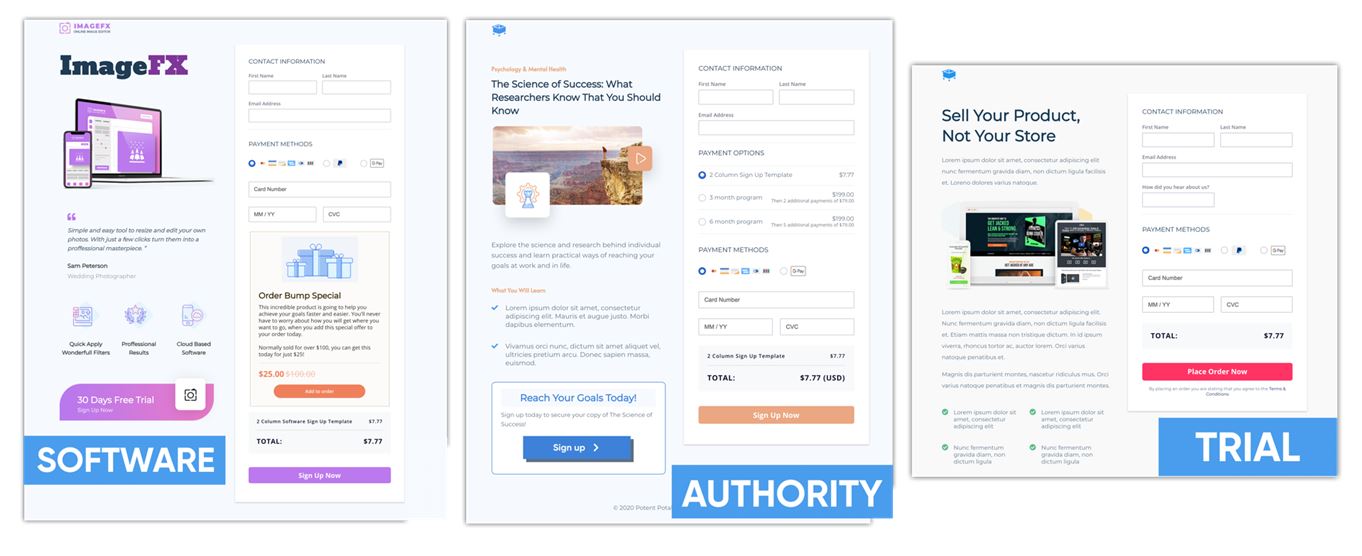
The platform only offers integration with 2 payment processing tools (Paypal and Stripe) which is a little limiting, but I guess you can look past that.
It also integrates with most email marketing systems, and allows tagging of subscribers to easily be able to segment marketing campaigns later down the line.
One super cool feature is that SamCart allows you to drop tracking code such as Facebook pixels on your checkout pages.
This means you can easily re-target users who may have checked out your offer, but not followed through with a purchase.
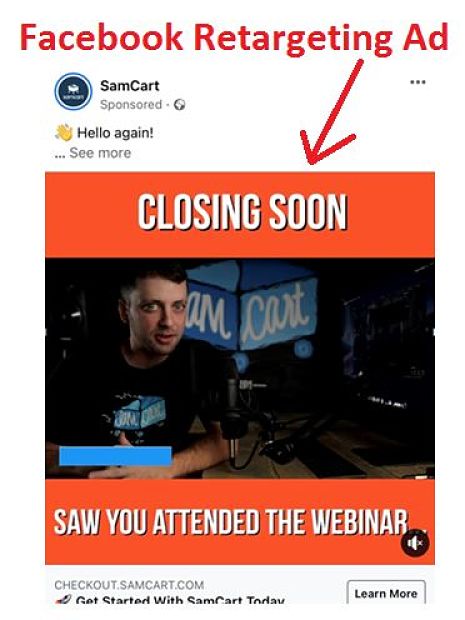
You can monitor cart abandonment (when users were about to purchase, but didn't).
This means you can specifically re-target just those users with a unique advert to see if you can lure them back to make a purchase.
This is a killer feature, because this segment of users are already "hot" for your product.
They may just need a little nudge to get them over the line, and with this feature you can craft a compelling advert to specifically target them.
We all know paid traffic can get expensive, and this is a great way to make sure you're getting the best conversions and returns on your investment.
The One Page Funnel Webinar
One of the main entry points to the SamCart platform is through Brian’s One Page Funnel webinar.
This usually begins with one of his Facebook ads, which then pulls users into the free webinar.

If you've already watched it, you've probably been re-targeted by Brian's Facebook ads, reminding you that his special offer is about to end (yea right).
In this webinar, he runs viewers through the concept of building a mashed up sales and checkout page, and how this can supposedly skyrocket your conversions.
Brian explains that his goal is to show us the blueprint for getting to the 6 figure level that thousands of other users have now reached, by using the simple formula he’s about to show you (the One Page Funnel of course).
He wets our appetites by telling us how throwing up a single page can start making us sales within a few days….sounds interesting right?

He frames the intro by making us promise that if he can prove the concept to us, that we take action (and buy his software of course).
If you’ve studied any sort of sales training, you’ll recognize the strategies Brian uses in his webinar.
He does all the typical things like finding the users pain points e.g. stuck in a dead end job that they hate, not enough money etc.
He then paints the picture of how their life could change and it could look like using his strategies.
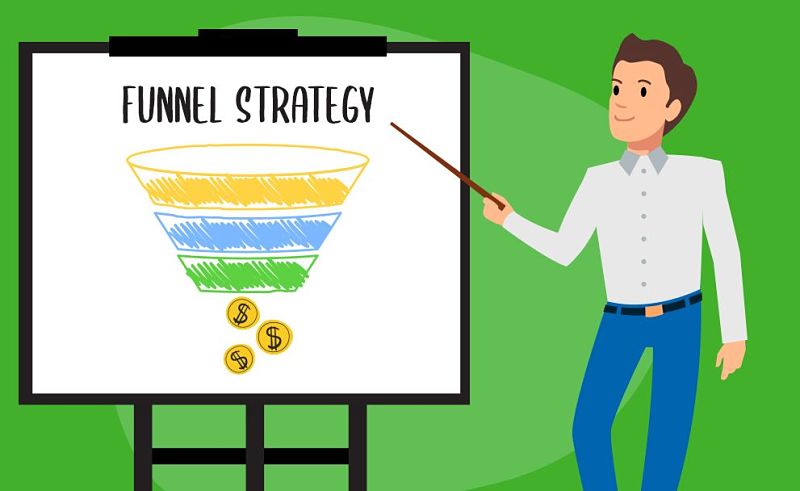
This is all selling 101, but it’s incredibly powerful and is clearly working for Brian and his team.
Traffic and Conversions...Why Should You Care?
If you’ve spent any time dabbling in the internet marketing game, you will have more than likely heard the term “Traffic and Conversions”.
Brian is a big believer in this concept, especially after he realized that just by making a few tweaks to his baseball sales page, he was suddenly able to start making sales (without changing the product).
For this reason, he passionately explains that success online comes down to 2 things...you guessed it...traffic and conversions.
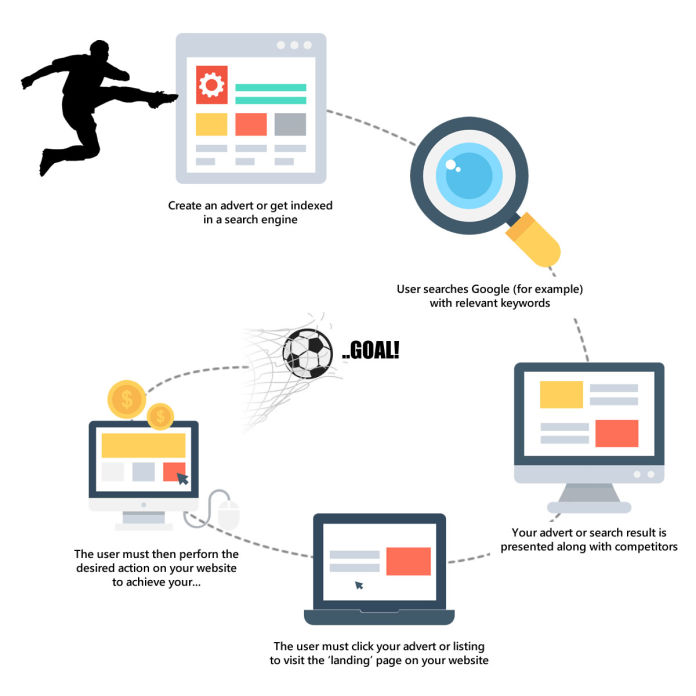
No matter what you’re selling, you need to get the right traffic to see it, and then you need to convert that traffic. Your ability to execute those two things, will determine the success you have online.
In the One Page Funnel course, Brian covers how to drive targeted traffic to your page.
“Targeted” is the operative word here.
The more targeted your traffic is (in other words they actually want what you’re selling), the more likely you are to convert them into a customer.
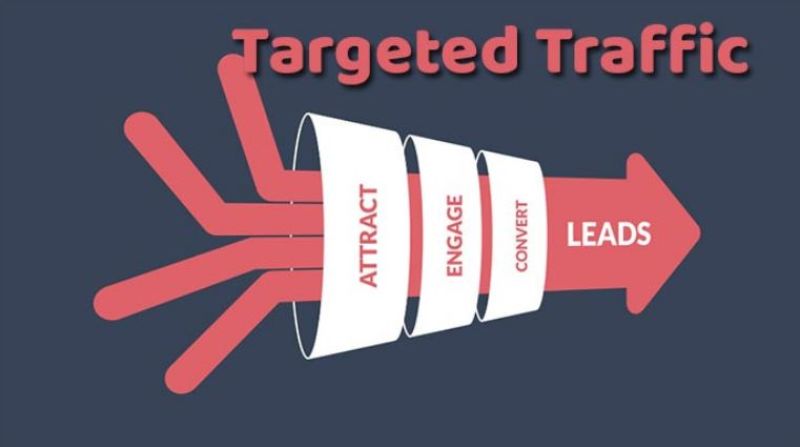
Once the traffic lands on your page, you then need to convert that traffic into a customer. This is where Brian claims to be an expert, and he believes that his formula outlined in the course is the key to making this magic happen.
Brian teaches a page layout and template that he says has a proven track record of converting traffic into money paying customers...which is what we all want, right?
He claims that the average ecommerce page only converts at 0.5%, while the template that he teaches converts at 5% (still pretty low though don’t ya think).

That said, if you crunch the numbers, the difference can make a huge impact on your monthly sales.
He explains that if you’re selling a $27 product, and get just 25 visitors a day, the difference between 0.5% and 5% conversion rate is pretty staggering.
With 0.5% you’d be lucky to make 4 sales a month, for $108 in revenue.
When the conversion increases to 5% using this techniques, the numbers read a little differently.
They now equate to 38 sales a month, for $1,206.
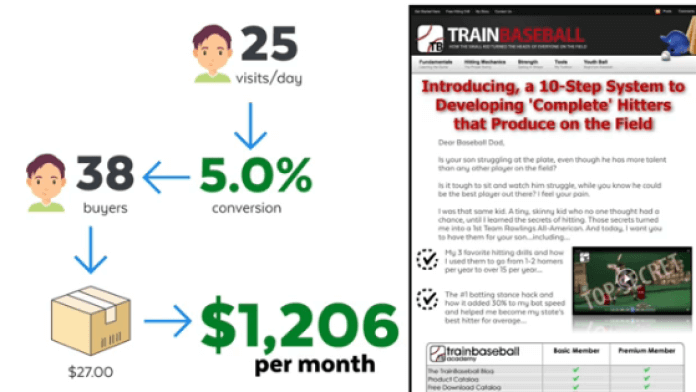
This is why conversions are EVERYTHING when it comes to online sales, and the idea behind the One Page Funnel is that your conversions will skyrocket when you implement the strategies it teaches.
What Does the One Page Funnel Course Cover?
As we know, the concept of the One Page Funnel is a slicker and more streamlined sales page that offers a checkout process as well.
The foundation of the course is built around explaining how to lay out the sales page so that you have the perfect funnel (on a single page of course).
Brian refers to this as “The Core 4”, which are Excite, Connect, Prove and Convert.
In his opinion, this is the framework for the perfect sale, and he demonstrates a simple One Page Funnel to show how he applies this framework.

In addition to laying out your page, the course covers a few other tactics such as actually building out your page on the SamCart platform, as well as driving traffic to your page.
The course is broken down into 13 steps.
The first 10 steps are followed in sequential order, while the remaining modules contain extra content.
One Page Funnel Masterclass Overview:
As mentioned, the foundation of the course is built around the first 7 steps which will teach you how to lay out your page so that it is optimized to convert.
As we saw with the traffic and conversions breakdown earlier, just making a few tweaks to increase your conversion rate can make a huge difference to your monthly sales.
Brian aims to teach you exactly how to do this in the first 7 foundational steps.

From there, he packs on additional strategy which deals with some advanced tips and tricks for how you would actually build your page using the SamCart platform, as well as how to start getting the right visitors to your page...
Once again, it’s all about traffic and conversions!
How Much Does SamCart and the One Page Funnel Cost?
The pricing strategy of the One Page Funnel seems to differ slightly, depending on when you are making a purchase.
In the past it has been sold as a standalone product at $997, but more recently Brian seems to have changed the pricing strategy.
At the time of writing, it sells as part of a bundle package, in which you pay $349 to get a 40% discount off the SamCart platform.
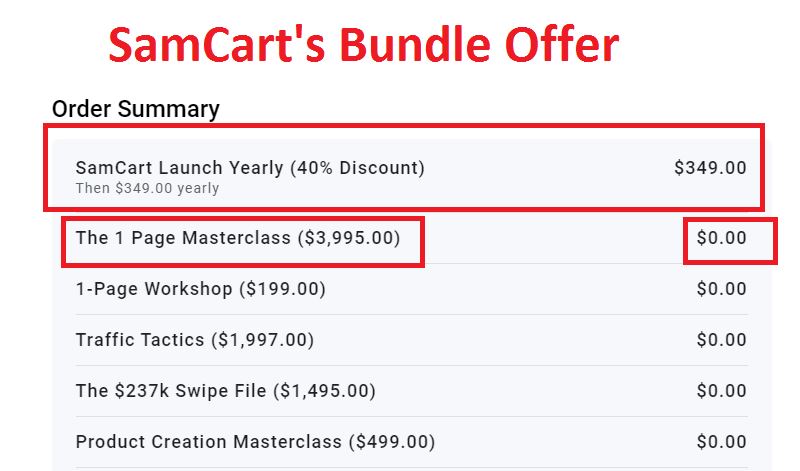
Included in the bundle is a range of so-called “bonuses”, including the One Page Funnel course.
In my opinion this is a great pricing strategy because what he is essentially doing is persuading buyers to use his platform, and then teaching them how to do so effectively (by giving them a training course).
At the end of the day, ask yourself “What does Brian really want?”...
The answer of course is for millions of people to use his SamCart platform, but most importantly for every single one of them to be wildly successful.

Why does he care?
Because if SamCart subscribers aren’t successful, they’ll stop paying for the platform.
In contrast, if they are successful, they will continue to pay for the platform for many years to come.
It’s a pretty smart business model if you ask me.
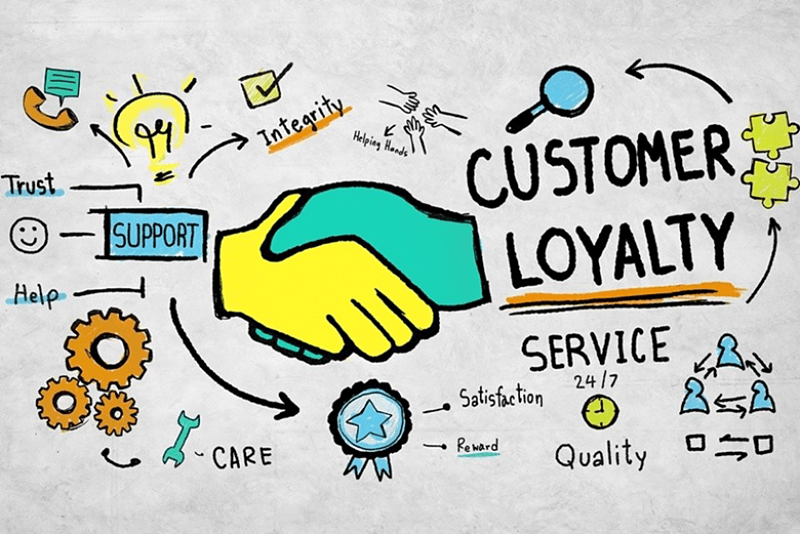
So if you were to sign up right now, you’d basically be paying for an annual subscription to the SamCart platform, with a discount of 40%.
Included in the price of course would be the One Page Funnel training which will in theory teach you how to string it all together and make the platform work for you.
Is There a Money Back Guarantee?
Brian offers a pretty legit money back guarantee with the SamCart platform.
If you’re not happy with your purchase, and you feel like you’re not getting results after 30 days, you can claim a full refund.

Here’s the blurb from the terms and conditions page:
Payment Plans: If you have purchased a SamCart promotional offering, and elected to pay via payment plan, you agree to complete all payments in your payment plan. You are responsible for completing all payments in your payment plan, regardless of whether you cancel your Service. *The only exception to this are cancellations that occur within the first 30 days after purchase, as supported by our 30-day product refund guarantee.
Problems with the Funnel Business Model
I'll be honest with you...I like Brian's vibe, and SamCart seems like a pretty solid piece of kit.
The One Page Funnel is a pretty advanced strategy and I totally see how it can work.
The problem I had though is that while all of this is great, there are a few glaring issues I have with the "build funnels" business model...

Paid Traffic is Expensive...and Hard
The pros make it look easy, but trust me it's not. Paid traffic can be a tricky beast to master, and if you don't know what you're doing (and you won't when you first start), you'll find that you can literally bleed money.
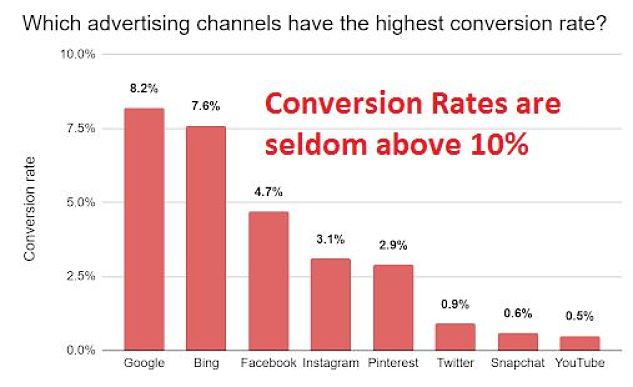
Depending on the type and quality of traffic that you're buying, it can also be extremely competitive.
You'll end up paying a lot more than you expect to get that high quality traffic to see your offer.
The conversion rates are also notoriously low when using social paid traffic. The main reason for this is that social media users aren't necessarily looking to buy while they are browsing.
They're not in a "buying" mindset as such, and may click on your advert to take a look out of curiosity, but then bounce off your page, leaving you with an advertising bill that hasn't made you any money.
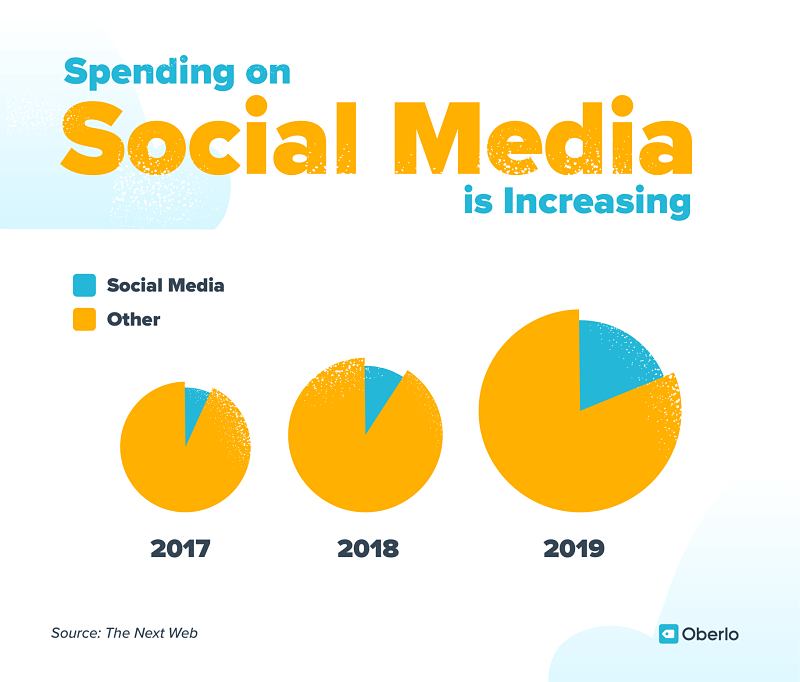
The bad news is that over time it's only gonna get more competitive and more expensive to buy traffic.
For me, this seems like a risky foundation to build your business on.
I for one certainly wouldn't want to rely on paid traffic to fuel my sales for the next 10 years.
Paid Ads and Funnels Don't Convert Forever
The other issue you'll find with this business model is that even if you do create a winning funnel that converts, it's unlikely to do so for long.
Paid ads seem to have a saturation point, where they simply just don't convert anymore. When this happens, your cost per click or impression will go up, and you'll find your profit margins take a hit.
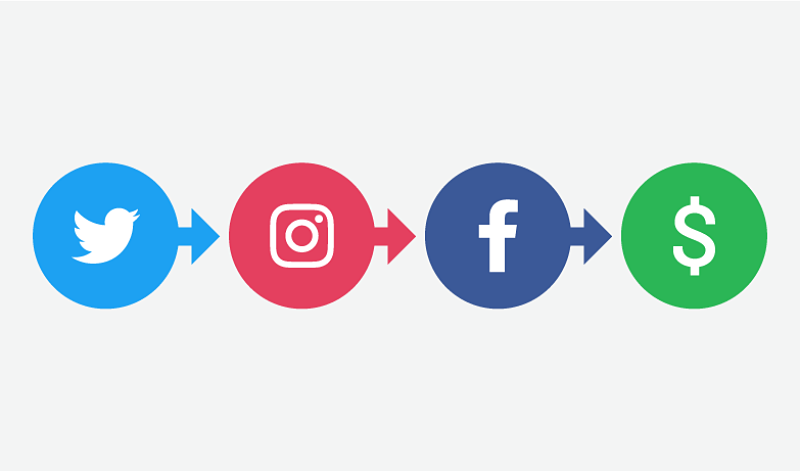
You'll also always be wondering when your ad and funnel are going to stop converting.
This takes a lot of babysitting, tweaking and testing as you are constantly trying to keep your sales coming in...not exactly passive income is it?
You Need Something to Sell
It's all well and good building funnels, but you'll need a product or service to sell.
I've done Amazon FBA and I can tell you have your own physical product can be hard work.
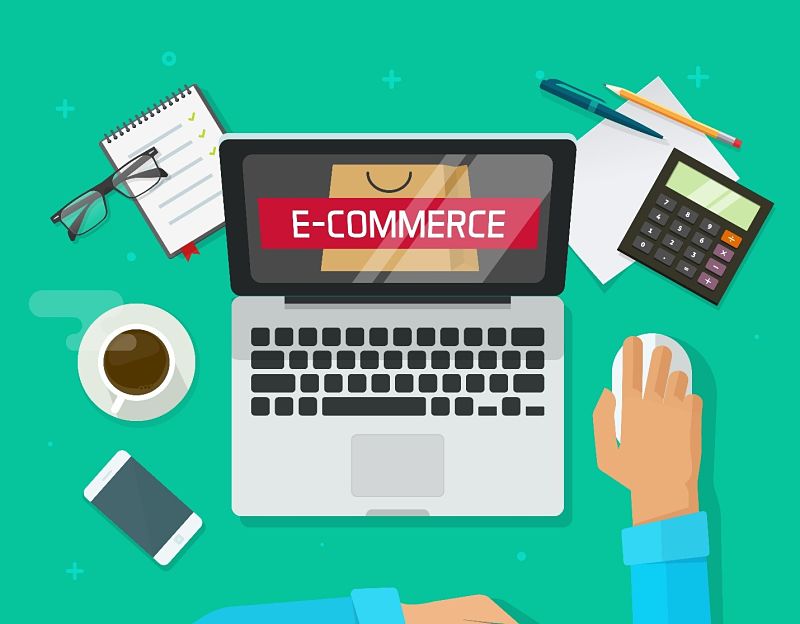
The profit margins are usually pretty slim, and you constantly have to deal with customer complaints, returns, shipping and everything else that comes with being a product owner.
That's cool if you have something up your sleeve to sell, but if you don't then you'll need to work that out before you start building sales funnels.
Conclusion
Should You Sign Up for SamCart and the One Page Funnel?
So after I've spent some time diving into the world of SamCart and seeing what it has to offer, you're probably wondering if recommend that you sign up and start building funnels?
Here are my thoughts...

While I find the funnel game interesting if nothing else, I personally don't believe it is a sustainable business model that I'd want to stake my future on.
I'm not saying you can't make money building one page funnels, but I don't think it's as easy as Brian makes it out to be.
My guess is that maybe the top 3% of funnel builders are making money, while the rest are kicking tires, trying to figure out how the pieces of the puzzle fit together.

I prefer a more reliable business model...
Introducing...local lead generation!
Local Lead Generation - My #1 Business Pick
I'm fortunate that I discovered local lead generation a few years ago, and while I still like to dig into other business models such as funnel building, affiliate marketing, Amazon FBA, Dropshipping etc. none of them ever compare to local lead generation!
Here's a bit more about how local lead generation works...
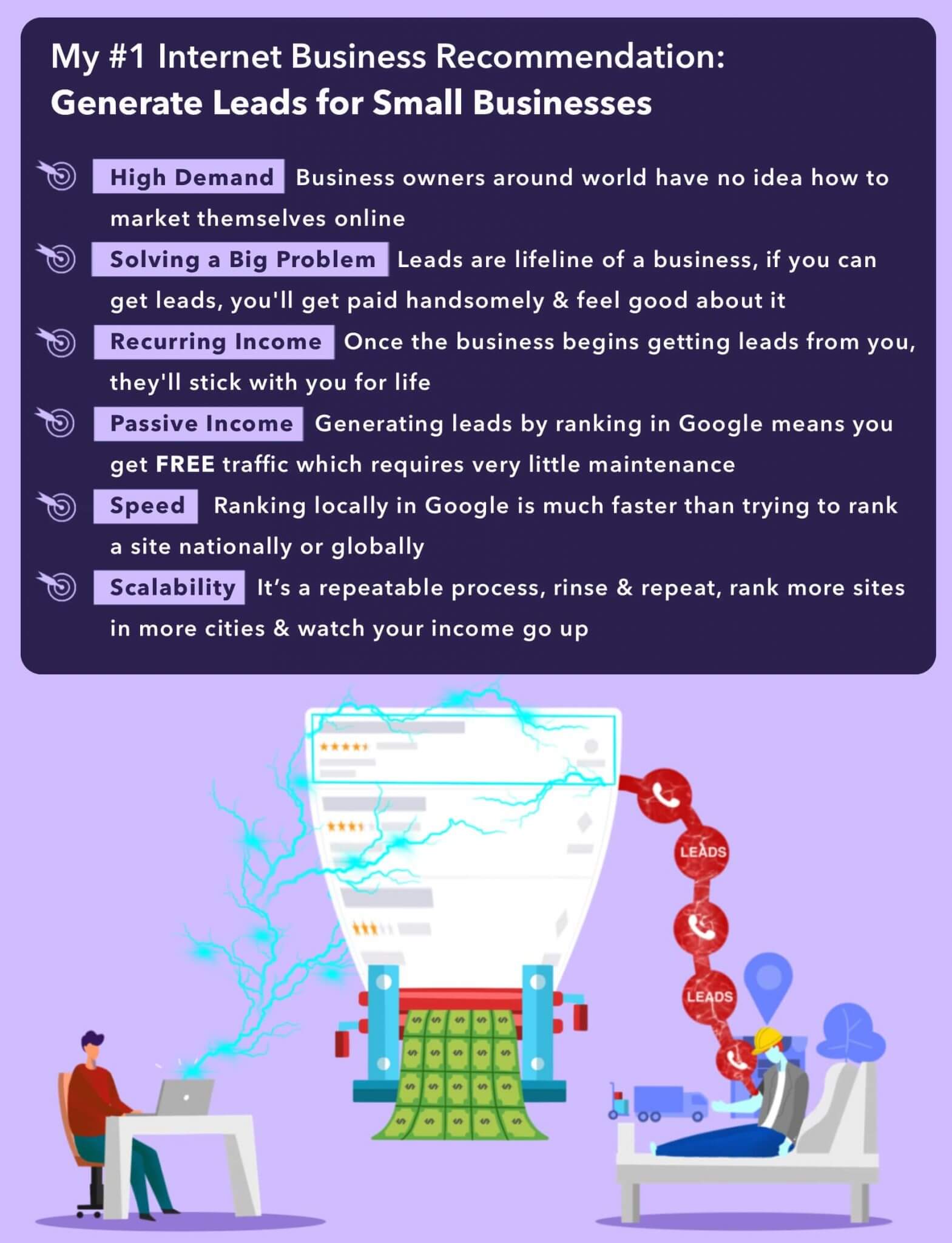
Let's say you build a little website about a tree service in your local town. You then stick a call tracking number on the site.
Next, you find a local tree service company that needs more customers, and you redirect the phone number to them.
When people find your site in Google, looking for a tree service, they call the phone number.
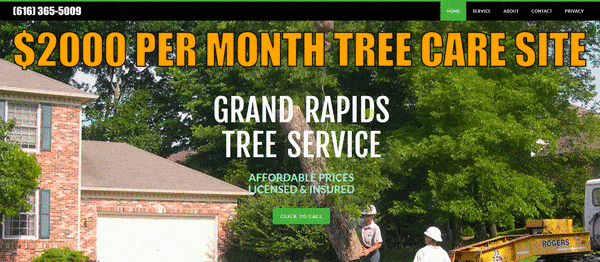
Because you've redirected the number to the local tree service company, the callers are redirected to them, and the tree service company takes the call.
They now have a new potential customer calling them for their service.
When this happens, they pay you.
This could be a flat fee per month for all the leads you send them (say $750), or it could be pay per lead (say $20), or it could be 10% of any closed deal.
I've got a tree service site that's making me $2,000 a month.
...and that's just one site.

Best part is that they are happy to pay you, because you just sent them a new customer.
I now have dozens of these websites, that are collectively making me over $50K a month.
Here are some of the reasons why I love local lead generation:
Local Lead Generation Always Wins...
In my opinion, local lead generation is by far the best business model I've come across.
With the insane ability to scale this business to the moon, there's no looking back for me, and I'm now all in on lead gen.
If you want to find out more about how I do it, click here.


